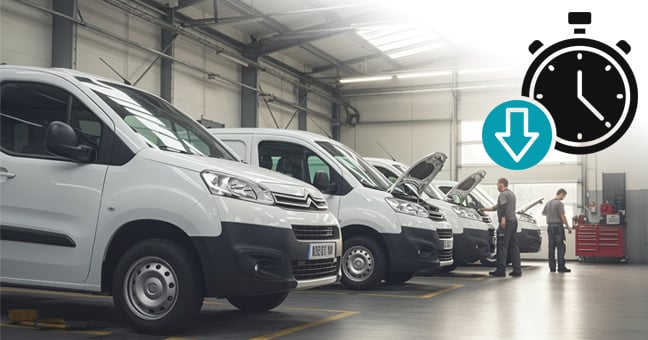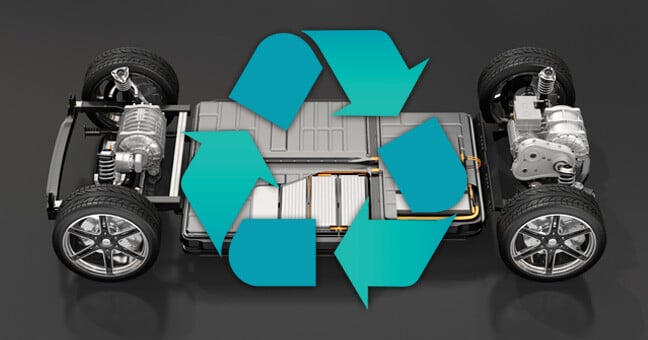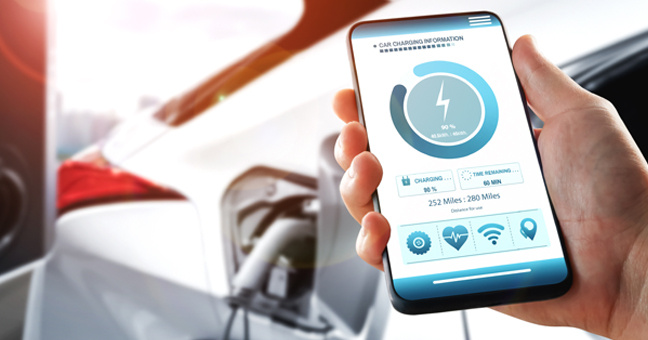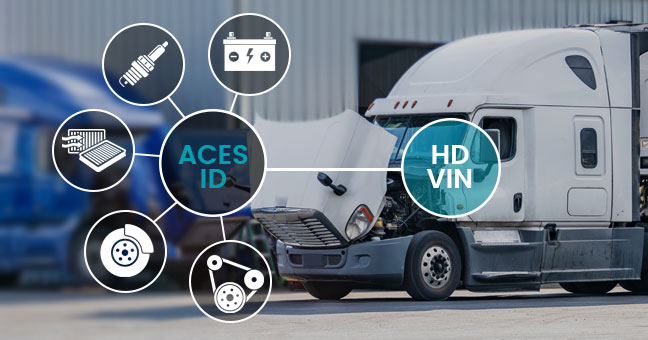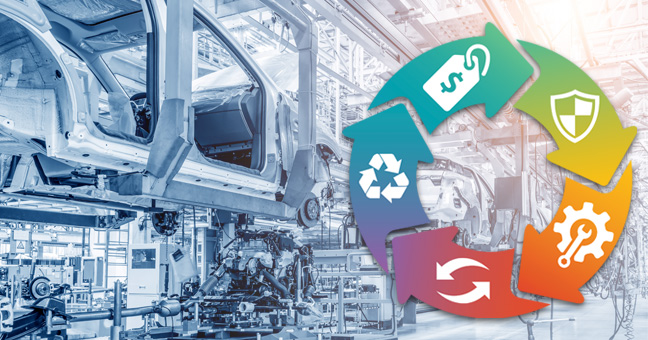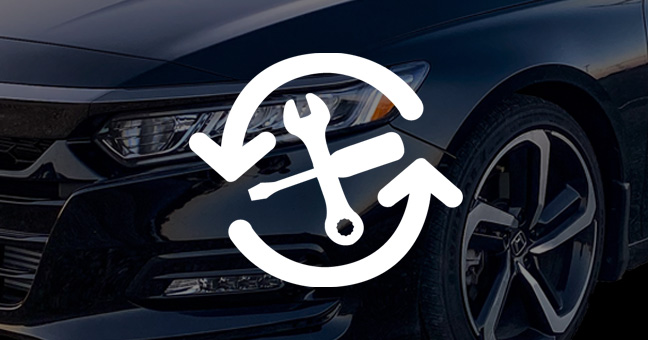Fleet managers recognize that vehicle downtime, whether scheduled or unplanned, is one of the most persistent challenges to manage. This can directly affect productivity, delivery schedules, and profitability. On average, a single day of downtime in 2015 would cost a fleet between $448 and $760 per vehicle. Today, a company could see upwards of $1036 per day, per vehicle. This number could even be higher after factoring in the cost of parts and labor. While downtime is inevitable, with the right strategy in place, fleets can minimize their financial impact and even use it to strengthen their day-to-day operations.
Read MoreRecent Posts
Sep 22 2025
Topics: Fleet Management, Service Data
Jul 31 2025
Domestic pickup trucks continue to dominate the U.S. automotive market, with Ford leading the pack year over year. The Ford F-Series has been the best-selling truck line in the country for decades, with approximately 732,100 units sold in 2024 alone. These popular vehicles are also among the most highly customizable on the market, offering a wide range of trims, packages, and configurations, which makes accurate, build-level data more critical than ever.
Read MoreTopics: Automotive Data, Build Data, API
Mar 6 2025
The automotive industry experienced a shift last year towards more strategic growth as it navigated the evolving landscape of electric vehicles (EVs), autonomous vehicles (AVs), and new partnerships. While EV adoption continued to grow, the pace was slower than anticipated. Autonomous vehicle technology has continued to progress, and Bill Gates has stated that we will reach the tipping point with semi-autonomous vs fully autonomous vehicles within the next decade. Industry partnerships also became increasingly important as automakers sought to share resources, reduce costs, and accelerate innovation in an increasingly competitive environment.
This blog explores how these three interconnected trends - EV production adjustments, the development of autonomous vehicles, and the growing role of strategic partnerships - highlight the importance of a measured, adaptable approach to navigating an ever-changing market.
Read MoreTopics: Automotive Technology, Electric Vehicles
Dec 30 2024
Lithium-ion batteries, which power both fully electric and hybrid vehicles, are revolutionizing mobility and offering a cleaner alternative to gas-powered, internal combustion-based vehicles. However, a growing challenge lies beneath these batteries’ immediate eco-friendly benefits: recycling and reusing them. Due to the mining of scarce resources, EV battery recycling represents the most expensive component and largest logistical challenge for electric car adoption. A previous DataOne article discussed how EV batteries have a finite lifespan, and recycling can offer a more sustainable end-of-life solution. Understanding the impact of this technology requires examining the full picture – including the benefits of battery recycling, challenges, and drawbacks, and where the future of EV batteries is headed. Addressing these uncertainties today can lay the groundwork for a greener future.
Read MoreTopics: Electric Vehicles
Dec 23 2024
Electric vehicles (EVs) continue to gain traction in the automotive markets, posting record high sales volume and market share in 2024. As more consumers inquire about EVs, questions about charging options and battery longevity are natural, and confusion around the jargon for the different types of EV chargers can be expected. Various types of charging levels are available–each with its own speed, convenience, and impact on battery health. Properly understanding these choices can significantly extend your EV’s lifespan and preserve its performance.
A previous article by DataOne compared the steady, gradual charge rate of Level 1 to the rapid power of DC Fast Charging. Each charging option discussed in that article has unique benefits, potential drawbacks, and ideal use cases. However, by understanding how these charging speeds impact battery health, the everyday user can make more informed decisions that balance convenience and long-term performance for EVs.
Topics: Electric Vehicles
Nov 25 2024
Fleet managers commonly struggle with unpredictable maintenance costs, vehicle downtime, and optimizing resale value. These challenges, compounded by a lack of real-time data, create inefficiencies that impact profitability. Effective fleet management, regardless of fleet size, requires taking advantage of many solutions and tools, where the optimization is only as good as the accuracy of the data that is being measured. This article explores a few common areas that can be challenging, specifically – fleet vehicle: acquisition, management, and resale.
Read MoreTopics: Fleet Management
Feb 15 2024
Over the last few years, vulnerabilities such as fuel prices, rapid changes in the economy, consumer demands, freighting resources, and both driver and supply shortages have been highlighted within the heavy-duty trucking industry. With the parts shortage sweeping the nation, it has become important to find vehicle components that fit promptly. Let’s look at the major concerns of the current market for mid- and heavy-duty trucks and how leveraging DataOne’s VIN decoding with ACES Mapping for mid- and heavy-duty vehicles can be the alternative advantage your company needs.
Read MoreTopics: Parts & Services, 3rd Party Mapping, HD
Jan 24 2024
When OEMs make their as-built data, also known as window sticker data, available to vendors through a vehicle data partner, they invest in their brand’s equity. As consumers associate their complete vehicle experience with your brand (from purchase to servicing to resale), it's essential to ensure that the organizations handling your vehicles, from dealerships to insurance providers, have the opportunity to provide the best possible service throughout the vehicle life cycle. This, in turn, will drive long-term customer loyalty.
Read MoreTopics: Build Data
Jan 16 2024
We live in a world that is swiftly traveling towards a fully digital age, making data collection through form submission an integral part of the internet. One of the easiest ways to add significant value to the quoting portals and online lead generations for insurance and warranty is through reverse VIN lookup. Consumers are now able to easily enter their known vehicle details immediately without requiring a VIN, which can push leads through the necessary fields with a higher completion rate. The end users (insurance companies and warranty providers) can act on these leads more efficiently because they have the VIN pattern generated from this tool. Lastly, these companies encourage trust with the consumers by providing users with an experience first while still effectively collecting the necessary data.
Read MoreTopics: VIN, Insurance, Risk Management
